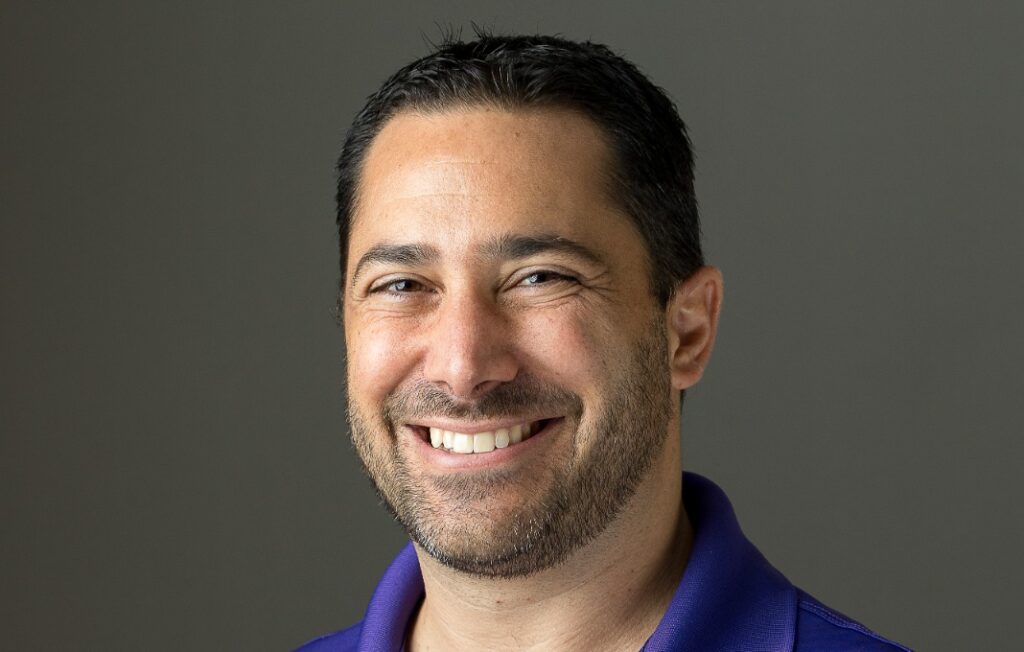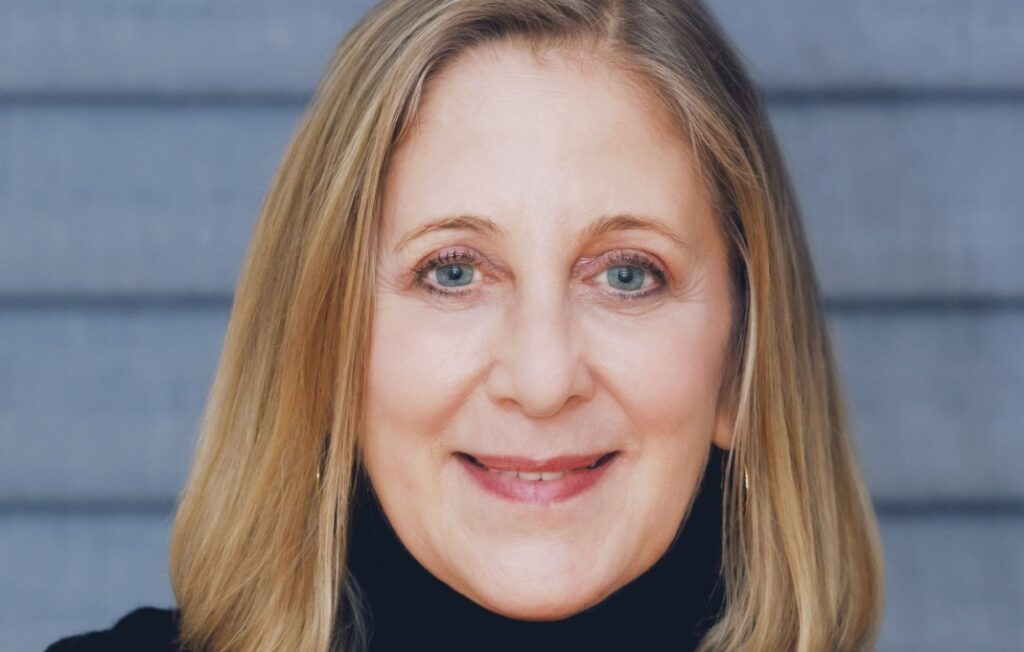The killing of George Floyd by a Minneapolis police officer set off protests, civil unrest—and a wave of public C-Suite soul searching unprecedented in the history of American business.
Which begs a question: A year later, what’s changed? And others, like: What did we really learn? When it comes to creating racial equity in the workplace, what works and what doesn’t? And what are the real lessons for those looking to be more effective in leading their workplaces?
For insights, I reached out to Dr. Robert Livingston, a social scientist and Harvard professor who has spent the last two decades showing the leadership teams at some of the nation’s largest and most influential companies—including Airbnb, Deloitte, Microsoft, Under Armour, L’Oreal and JPMorgan Chase—how to turn difficult conversations about race into productive instances of real change. Earlier this year, he published The Conversation: How Seeking and Speaking the Truth About Racism Can Radically Transform Individuals and Organizations (Penguin Random House, 2021).

In the following conversation, edited for length and clarity, Livingston offers his thoughts on the last year, on why the most effective leaders stopped focusing on bias training for individuals and discovered a different strategy and why working for equity is very different—and much more important—than seeking equality.
How would you assess the last year and how it’s impacted race and race discussions within business and workplaces in the U.S.?
I’ll answer in the context of a model that can help propel people toward social change. It’s called PRESS. The P stands for problem awareness. The R is root cause analysis. E is empathy or concern. Do you care? The first S is strategy. And the second S is sacrifice.
Leaders have to resist the impulse to jump to the first S—which is strategy. They always say, “just tell me what to do.” They really need to get a better handle on the problem itself. It’s almost like a doctor—someone comes in and says, “I’ve got severe headaches.” You don’t just say, “here’s the Tylenol.” You actually perform a diagnosis to look at the possible root cause because otherwise you’re just treating the symptom while leaving the underlying cause of the ailment intact.
What I think George Floyd did is it helped people through the very first stage, which is this P or problem awareness. There’s nothing new about racism in the criminal justice system or mass incarceration or police brutality. These things have been around for decades if not centuries. But what this particular incident did was showcase it in a vivid way that limited people’s ability to come up with alternative explanations. I think for many white people, it raised their awareness and their concern in a way that data alone would not have.
It’s like the Josef Stalin quote: “One death is a tragedy and a million is a statistic.”
Exactly. That’s what George Floyd did. It turned it into a tragedy rather than just another statistic. And once people are aware and once concern is raised, then there’s more motivation to actually do something about it. That has been the legacy of George Floyd.
How does that manifest itself? What do you see when it comes to business and business leaders thinking about this?
When people saw the video, they were literally sick. We’ve become inured to violence in this country. But this incident was different, due to the protracted suffering of the victim and the flagrant disregard for human life shown by the perpetrator. It presented the repulsive symbolism of white people, and society more broadly, with their knee of the necks of people of color. It creates a real existential crisis to say, “who are we as a nation and what are we really doing?” It opened up emotional wounds and that made it difficult to ignore in the workplace.
As one friend of mine, a great leader, told me: “Leaders must attend to the emotional life of the organization.” After such a traumatic event, leaders had to attend to the emotional life of the organization and decide what they were going to do and how they were going to make people feel whole again. People felt powerless at the moment and I think organizations needed to step in to say, “we will support you. We will do things to make this whole issue of racial injustice better than what it was.”
You counsel and you work with lots of Fortune 500 companies. What have the most effective leaders done to use this last year as a catalyst to increase racial equality? To make headway on making their workplaces more inclusive?
Here’s the thing, when you have a problem, at least with the problem of racism and racial equity, there are three broad approaches to intervention. One is the individual approach. So something that changes individual people’s hearts and minds. The second is a cultural approach that changes informal social norms about what’s appropriate or inappropriate. And then the third is an institutional approach that changes regulations, laws, procedures, policies and formal practices.
Prior to the George Floyd murder, a lot of organizations had focused on individuals.
There was this notion that in order to change racism, we just need to change people’s hearts and minds and help rid them of their biases. So there was a lot of unconscious bias training. There was a lot of effort on de-biasing individuals. Now the focus is on systems.
I often use a metaphor of the salmon in the stream to illustrate systemic racism. You’ve got all these fish in the stream and people say, let’s do something to fix the fish, but you realize, no, there’s a current in the stream that’s pushing everything in a certain direction. You may or may not realize the current is there. Sometimes it’s whitewater, it’s visible. Sometimes it’s an undercurrent where it’s invisible, but still pushing things in a certain direction.
Racism is a current. Racism is not about the individual behaviors of the fish living in the stream. It’s about the dynamics of the stream itself. So if that’s the case, then changing these individual hearts and minds is not the most productive way to go about this.
What we need to change are the structures. So if the antecedents of the problem are structural, then the solutions need to be structural as well. I’ve seen a shift in that consciousness. I’ve seen leaders be more willing to take proactive steps to change how the company does business around diversity, equity and inclusion in a deeper, more formal way, in a policy way that they may not have done for whatever reason, two or three years ago. I see much more willingness to do that now.
There’s so much change going on, it’s easy for some of this to get lost a year later. Can you give a leadership tip for somebody who wants to keep this afloat and moving forward in their organization?
I’ll give you a concrete example of an [organization] that made a change in a way that will be perennial and not just ephemeral. The Massachusetts Port Authority owns billions of dollars of land around Boston, where I live. They would have a set of criteria where if you’re a developer, whether your RFP will be approved or not was based on whether you had the money, whether you had the infrastructure, whether you had the right design. Each counted for a third.
What they did was they changed the scorecard to make diversity 25%—so diversity is as important as whether you have the money or not.
This changed the game. It wasn’t that developers were incorrigible bigots or racists. They were just busy and they didn’t stop to do diversity. They just used the same architectural firms that they had been using for the last 40 years. In Boston, typically it was white males, right? That really kept women and people of color from penetrating the wall that had been created in this market because real estate development, at least at the large scale, billion-dollar level, is primarily white males—specifically white males of Irish descent in Boston.
However, with the advent of the new policy everyone scrambled to say, “okay, we’ve got to do our research. Are there any women-owned architectural firms? Are there any people of color who own structural engineering firms? Are there any other black developers that we can partner with to do this?” Because they needed the diversity score, it incentivized people to dig in. And again, they weren’t necessarily resistant to it to begin with. They were just apathetic to it because they were busy.
It was incredible because it dramatically increased the representation of contractors, subcontractors, people of color, women who were participating in this building process now and going forward.
One of the biggest things that companies can do to increase diversity, equity and inclusion is spend more time thinking about how they can either go out and broaden their recruitment or how they can induce their managers to broaden their recruitment through a policy like that and give it some teeth in the organization, not just lip service. It’s making people mindful of it and increasing the accountability by measuring it and making this a part of the policy and procedure. It’s produced some pretty promising outcomes.
Going into the year ahead, the American workplace has changed dramatically, with remote work, the rethinking of offices. How do you see that playing into this rethinking about how America works?
Like everything else, it goes back to this notion of systemic bias. People have to be mindful of the fact that there’s even bias built into this new remote form of working. Most essential or frontline workers don’t have the luxury of not going into the workplace. Certain industries are scrambling for workers, like food and hospitality, but you know, it tends to be industries that are not remote and it’s disproportionately black and brown people and women that aren’t even part of these discussions about remote work.
It’s all too new and there’s not enough data out there right now to say, “okay, here’s the impact. Here’s what it means going forward,” because we’re just now starting to emerge from this pandemic. I would encourage leaders to look at these policies with an eye toward racial equity, because if they don’t, it runs a real risk of perpetuating the inequality that is baked into the entire structure of our workforce.
What else should leaders think about in the year ahead?
I think the biggest thing for leaders to realize and for companies to get over is that sometimes social justice requires treating people differently, but in a way that makes sense.
People often confuse the terms equality and equity. They tend to think they mean the same thing, but they don’t. They mean something very, very different. If you and I and two people went out to dinner and we all ordered different things from the menu and the bill comes in, it is $200, and we say, what’s the fair way to split the bill? If it’s four people, we might say, oh, $50 a piece. That’s equality. We all pay equal amounts. But some people might say, no, that’s not fair. You pay $90 because you ordered the steak and lobster. And I pay $20 because I got the chicken Caesar salad. That’s equity.
What you get out of it is relative to what you put in it, or there’s some sort of commensurability between inputs and outputs. What that means is sometimes it requires treating people differently in order to achieve fairness.
What I think George Floyd showed is that America is not equal. Black and white people are not treated the same. There is a difference. The default is different treatment—and it’s not by accident. It was sort of designed that way from slavery, Jim Crow and so on. There are laws and policies that, on purpose, from the very beginning, set black and white people up to be treated differently. There is a built-in disparity. So if you don’t account for this disparity and you treat people equally rather than equitably, then you are complicit in perpetuating this built-in discrimination.
As a 10-year-old, I remember watching my cousin running track. He was on the inside lane and I was furious because I thought the officials gave everyone else a head start over him. Why can’t they just have an equal starting line? As a 10-year-old, I didn’t understand the geometry of ovals. I didn’t know enough about the system and how it worked.
I think the analogy is that many people in the United States don’t know enough about the system. We’re pretty much running on an oval track and white people have the inside lane and everyone is saying they should have the same starting line—rather than a staggered start. But the staggered start doesn’t give people a headstart. Just like I thought as a 10-year-old they were giving special favors to these people who were on the outside. If you think that, it’s because you don’t understand the system enough to know that you have to stagger the starts on an oval track in order to make the race fair.
Organizations have to be more mindful of this notion that sometimes you do need to have different considerations for different groups, because if you don’t, then you’re just perpetuating inequality.
And if people push back, you can basically say, “here’s why.”
Exactly. Explain to people why. Not everyone will get it, but a lot of people will. And I think everyone will appreciate the respect of being informed about why they do it. An educational or listening campaign is probably a good practice for leaders to follow when they’re embarking on these equity strategies—rather than equality strategies.








